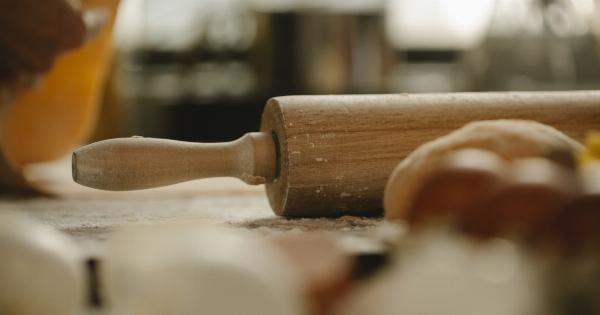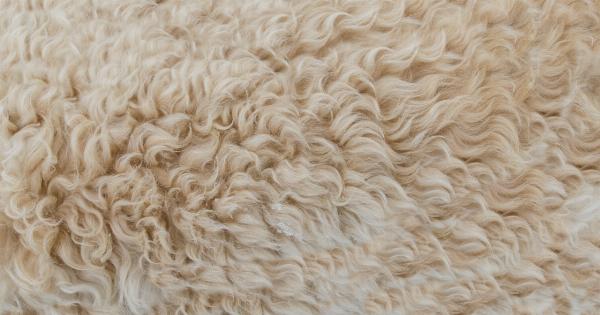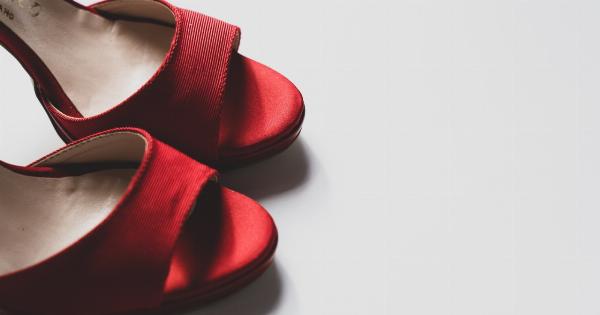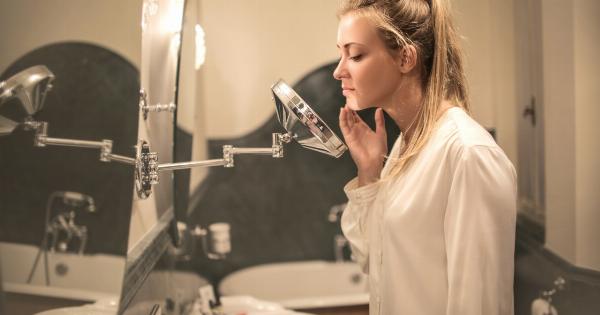Leg fungi, also known as fungal infections of the legs, can be a bothersome condition that affects many individuals. It often manifests as rashes, redness, itching, and peeling of the skin on the legs.
While there are various over-the-counter and prescription medications available to treat leg fungi, natural remedies can provide effective and gentler alternatives. In this article, we will explore some natural solutions to prevent and treat leg fungi.
Understanding Leg Fungi
Leg fungi are caused by various types of fungi, including dermatophytes, yeasts, and molds. These fungi thrive in warm and damp environments, making the feet and legs an ideal breeding ground.
People who sweat excessively, wear tight or non-breathable shoes, have poor hygiene habits, or have compromised immune systems are more prone to developing leg fungi.
The common types of leg fungi include athlete’s foot (tinea pedis), jock itch (tinea cruris), and ringworm (tinea corporis).
These conditions can be highly contagious and easily spread through direct contact or contact with contaminated surfaces such as shower floors or gym equipment.
Preventing Leg Fungi
Prevention is key when it comes to leg fungi. By incorporating certain habits into your daily routine, you can minimize the risk of developing these infections:.
1. Keep your feet clean and dry
Wash your feet thoroughly with warm water and mild soap every day. After washing, ensure your feet are completely dry, especially between the toes. Moisture between the toes creates an ideal environment for fungi to thrive.
2. Wear breathable footwear
Opt for shoes made of breathable materials such as leather or canvas. Avoid wearing shoes that are too tight, as they can cause excessive sweating and create an environment conducive to fungal growth.
3. Rotate your shoes
Allow your shoes to thoroughly dry out between uses by rotating them. This prevents moisture from accumulating in your footwear, reducing the risk of fungal growth.
4. Use antifungal powders or sprays
Apply antifungal powders or sprays to your feet and inside your shoes regularly. These products help keep the skin dry and create an inhospitable environment for fungi.
5. Avoid sharing personal items
Avoid sharing towels, socks, shoes, or any other personal items that come into contact with your feet. Sharing these items increases the likelihood of spreading fungal infections.
Natural Treatments for Leg Fungi
If you already have a fungal infection on your legs, you can utilize natural remedies to address the issue. Here are some effective natural treatments:.
1. Tea tree oil
Tea tree oil has powerful antifungal properties. Dilute a few drops of tea tree oil with a carrier oil (such as coconut oil) and apply it to the affected area twice daily. This can help fight the fungal infection and soothe any discomfort.
2. Apple cider vinegar
Apple cider vinegar is known for its antifungal and antimicrobial properties. Create a foot soak by adding half a cup of apple cider vinegar to warm water and soak your feet for 15-20 minutes daily. This can help kill the fungi and alleviate itching.
3. Garlic
Garlic possesses natural antifungal compounds. Crush a few garlic cloves and apply the paste directly onto the affected area. Leave it on for 30 minutes, then rinse off. Repeat this process twice daily until the infection subsides.
4. Aloe vera
Aloe vera gel has soothing and antifungal properties. Apply fresh aloe vera gel directly onto the affected area and let it dry. Repeat this process several times a day for relief from itching and to speed up the healing process.
5. Coconut oil
Coconut oil has natural antifungal properties and acts as an effective moisturizer. Apply a thin layer of coconut oil to the affected area multiple times a day. This can help reduce inflammation and promote healing.
When to Seek Medical Attention
If natural remedies fail to alleviate the symptoms or the infection worsens, it is important to consult a healthcare professional. They can prescribe antifungal medications or recommend further treatment options based on the severity of the infection.
Conclusion
Leg fungi can be prevented and treated using natural solutions. By adopting good hygiene practices, wearing breathable footwear, and following the natural treatments mentioned above, individuals can effectively address and manage leg fungal infections.
If the condition persists or worsens, seeking medical advice is crucial to avoid complications and ensure proper treatment.






























